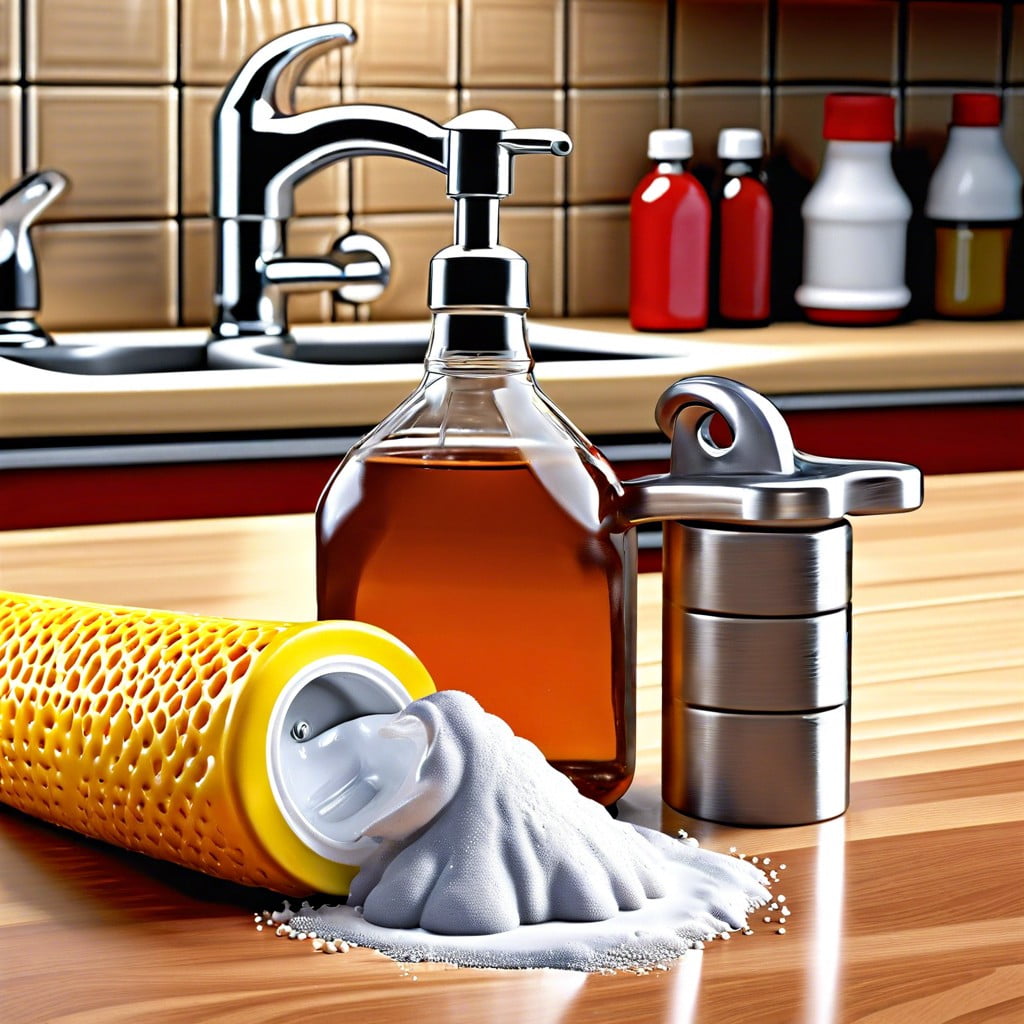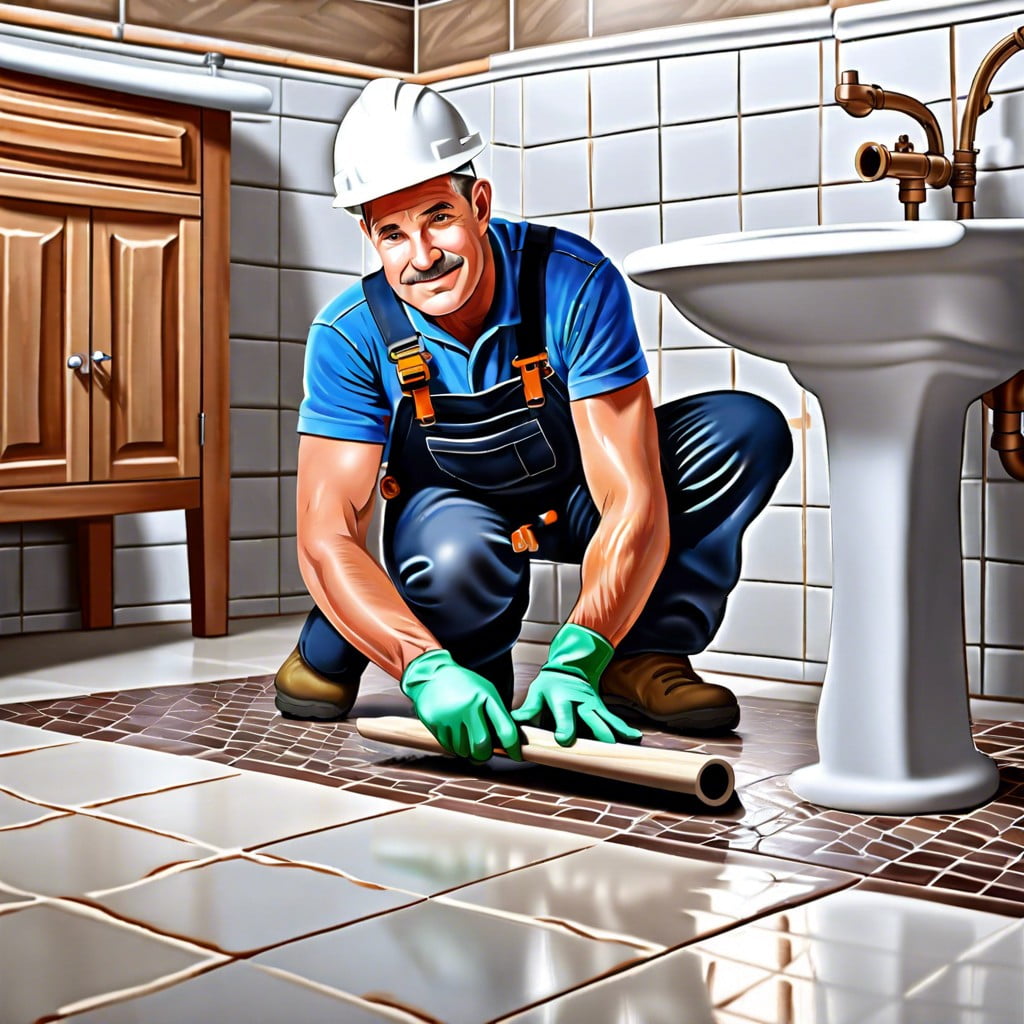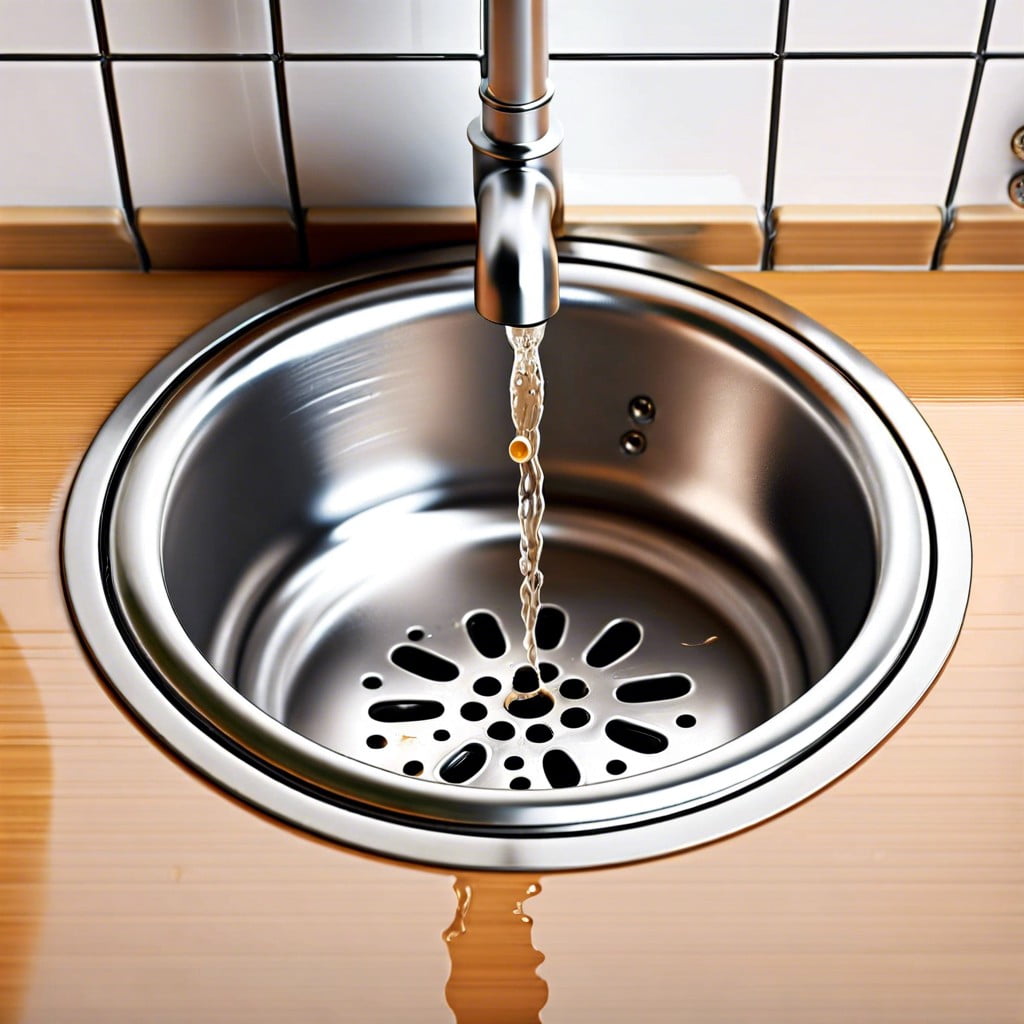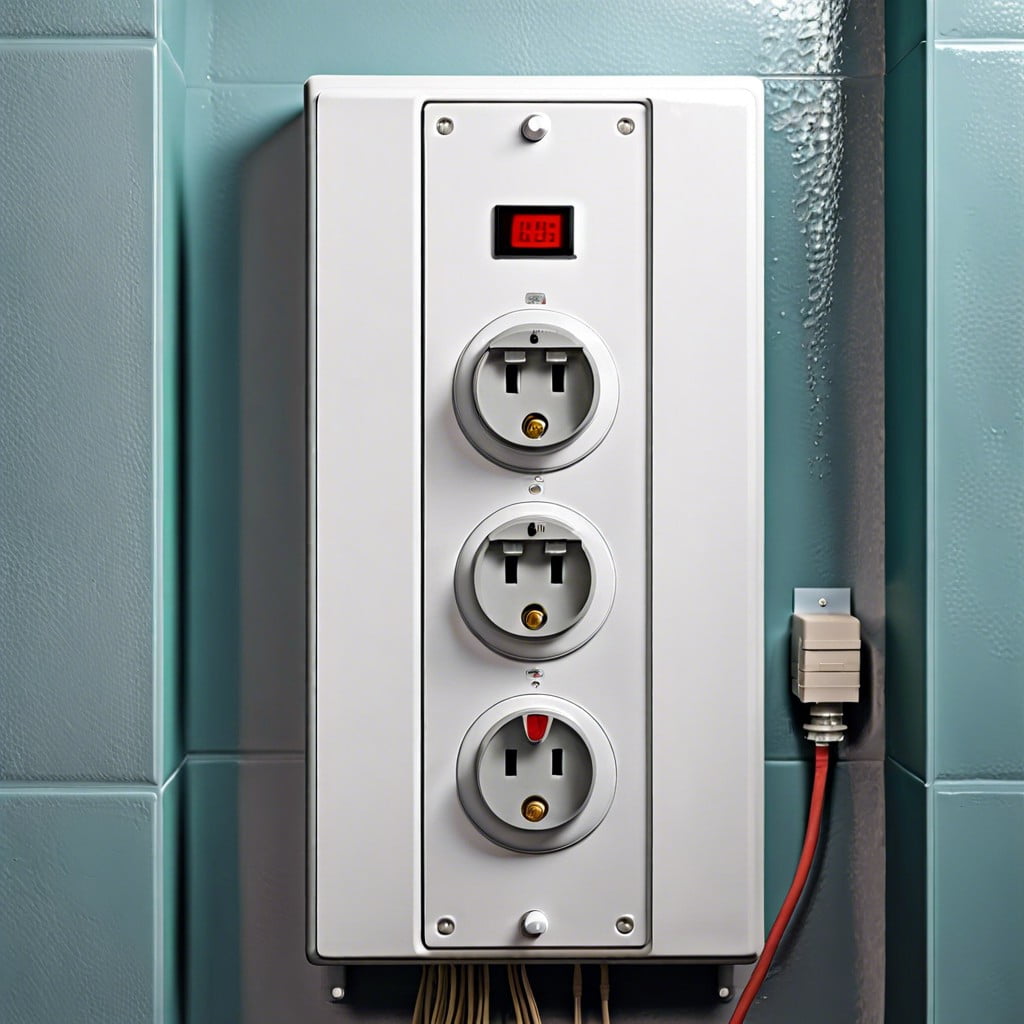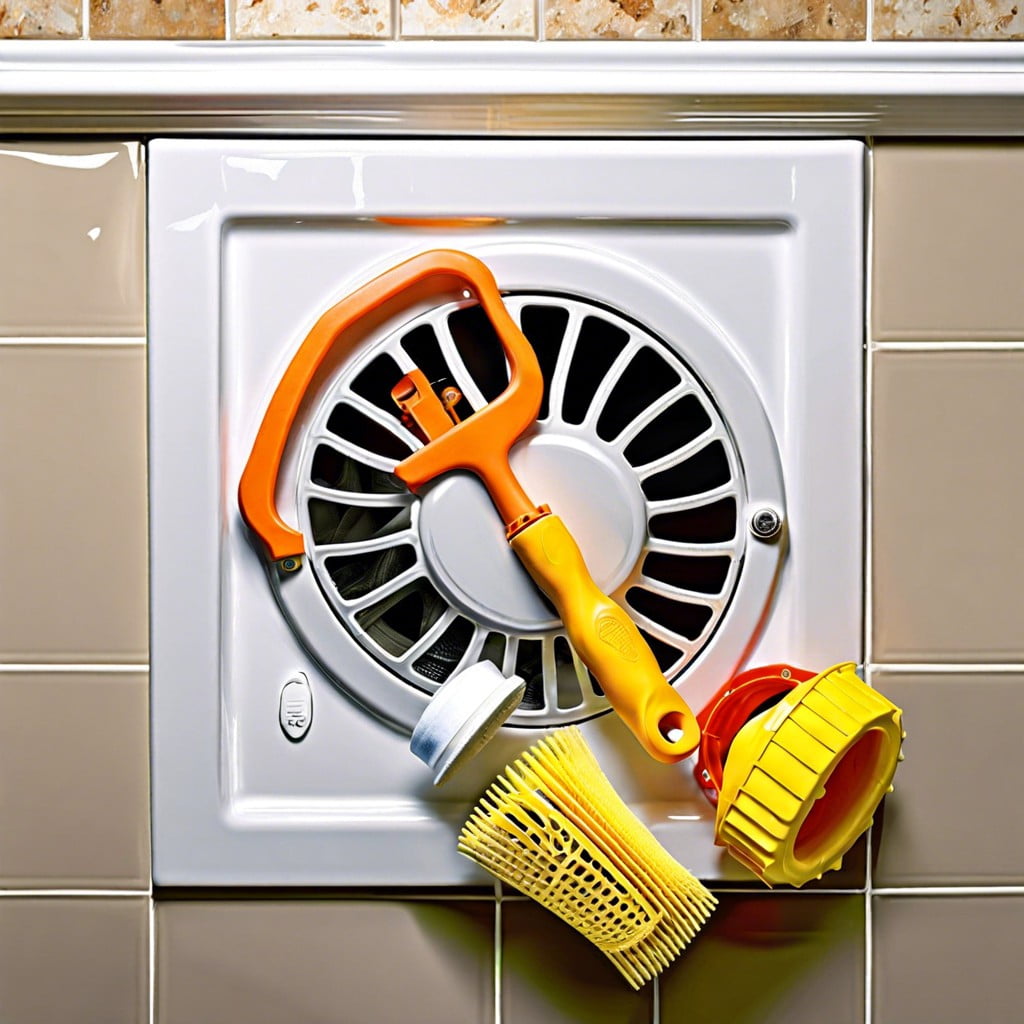Last updated on
Learn how to craft a personalized bathroom vanity from scratch for an instant upgrade to your space using simple tools and materials.
Key takeaways:
- Measure the space and plan the layout carefully.
- Choose materials that are durable and match your style.
- Build a solid base for the vanity with a sturdy frame.
- Pay attention to plumbing connections to prevent leaks.
- Secure the vanity to the wall properly for stability.
Assessing Existing Space and Layout
Embarking on a DIY bathroom vanity project without a clear picture of your available space is akin to sailing without a compass – it may not end well. The first step is to measure the area where your new vanity will reside meticulously; this will dictate the maximum dimensions your project can accommodate and prevent future headaches when you find the vanity either too large or awkwardly small.
Consider the movements around the bathroom: is there enough clearance for doors and drawers to open without obstruction? Factor in the existing or desired location of plumbing fixtures, as these can cement where your vanity should be placed. The layout isn’t just about fitting your vanity in; it’s about ensuring it harmonizes with the bathroom’s flow. This harmony boosts functionality and enhances the room’s aesthetic.
Finally, reckon with lighting and mirror placement. The position of these elements relative to the vanity can affect both the practical use of the space and its ambiance. Good lighting is crucial for a vanity area, so avoid shadows or poor illumination by planning accordingly.
Choosing the Right Materials for Durability and Style
Solid wood stands as a paragon of solidity, ready to face the humid frontier of the bathroom while exuding traditional charm. It does require a bit of maintenance to fend off water damage, but for those committed to the cause, it’s a resilient choice.
On the flip side, those on the hunt for a low-upkeep alternative might gravitate towards engineered woods like MDF. Treated with water-resistant coatings, it’s both economical and amiable to a variety of paints and finishes – versatility without breaking the bank.
And then, there’s the maverick of the bunch: metal. Stainless steel or powder-coated options bring a sleek, industrial edge and laugh in the face of moisture. It’s a sharp deviation from the norm, for sure, but for the bold at heart, it pays dividends in longevity and distinctiveness.
Don’t let the countertops feel left out of the material mix! Natural stone like granite or marble may carry a hefty price tag, but their resilience is stellar. If the purse strings are a little tight, quartz or laminate could swoop in to save the day, offering a look that punches above its weight without the same burden on your finances.
When it comes to aesthetics, never underestimate the power of a cohesive look. Whatever materials you settle on, ensure they echo the overarching theme of your home – consistency is key to achieving bathroom vanity nirvana.
Materials are more than just the building blocks of your bathroom vanity – they’re the foundation of function and the essence of style. Choose wisely, and your vanity will not only look splendid but also stand up to the test of time and use.
Building the Base: Step-by-Step Guide
Diving straight into the nitty-gritty of base construction, you’ll want first to consider the importance of a solid frame. This backbone of your vanity is crucial for supporting the weight of the countertop and sink. Utilize kiln-dried wood to minimize warping. Start by building a simple rectangle that fits your measured space and secure using wood glue and screws for added stability.
Next up, the legs. If you’re aiming for a freestanding vanity, choose legs that both match your design and can bear the weight. Attach them at each corner, making sure they’re level to prevent a wobbly vanity—an undesirable outcome for sure.
Adding a shelf or drawers is your opportunity for personal customization. If you opt for a shelf, install it at a convenient height for storing towels or baskets. Slotting in a shelf also adds rigidity to the structure. For drawers, precise measurements are key. They should slide smoothly, without catching or gaps.
Once the frame is assembled, reinforce the structure by attaching the back panel. This adds further stability and helps anchor the vanity to the wall. Use a plywood panel cut to size and fixed in place, remembering to leave room for plumbing.
Finally, consider the finish. Preparing the wood with a sanding and a primer coat will give you a smooth base for painting or staining. Select a waterproof or moisture-resistant finish to withstand the bathroom’s humid environment.
By keeping attentiveness to detail and not cutting corners on construction, you set the stage for a vanity that’s as sturdy as it is stylish.
Plumbing Considerations: Making Connections That Last
Plumbing is the circulatory system of any vanity, and doing it right means avoiding leaks that lead to water damage. To ensure your connections last, firstly, familiarize yourself with local building codes; regulations vary, and compliance is crucial for safety and resale value.
Use high-quality materials for pipes and fittings. Although plastic P-trap kits are cost-effective and easy to install, consider chrome or brass for increased longevity and a professional look. When it comes to sealants, don’t skimp. Teflon tape is excellent for threaded fittings, while plumber’s putty can create watertight seals around the drain.
Measure twice, cut once applies as much to plumbing as to carpentry. Ensure pipes align correctly before making any cuts. Misaligned connections can cause undue stress on pipes, leading to cracks and leaks.
Finally, when installing shut-off valves, choose quarter-turn ball valves for their reliability and ease of use. They may cost a little more upfront, but the convenience of a straightforward turn operation is worth it during emergencies and routine maintenance.
Installation: Securing the Vanity to Wall
To guarantee the stability of your DIY vanity, anchoring it properly to the wall is a necessity, not an option. Begin by locating the wall studs, which will provide a solid foundation for mounting. Use a stud finder to ensure accuracy. Sometimes, wall studs aren’t where you need them to be, and in this case, using heavy-duty wall anchors becomes vital for support.
Measure with precision, marking the points where the vanity will attach to the studs. Skipping measurements can lead to a lopsided install, so take the time to double-check. Drill pilot holes into the studs at the marked spots. This will prevent the wood from splitting when you drive the screws in.
Now it’s time to secure the vanity. Use screws that are long enough to go through the vanity’s back frame and deep into the studs, creating a firm hold. Ensure every connection is tight, but avoid over-tightening, as this can damage the vanity structure or the wall finish.
Lastly, consider adding a bead of silicone caulk along the top edge of the vanity where it meets the wall. Not only does this further stabilize the vanity, but it also prevents water from seeping in behind, protecting the integrity of both your vanity and bathroom wall. With your vanity now securely attached, you’re one step closer to a fully functional, custom bathroom creation.
Recap
